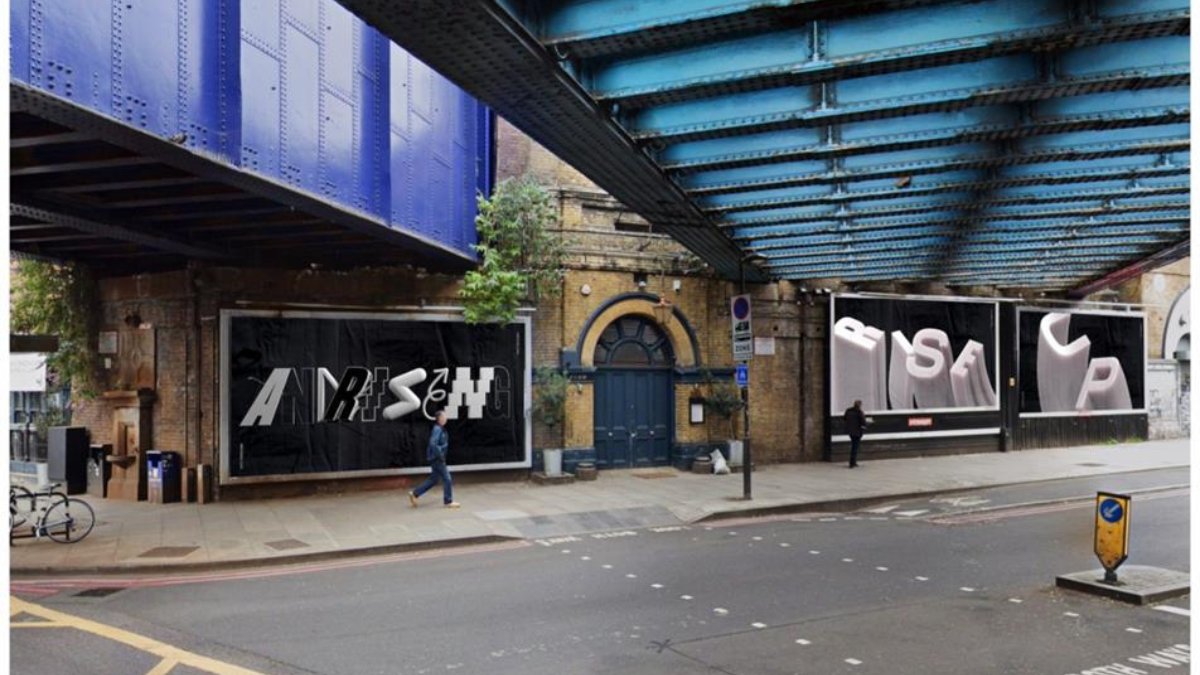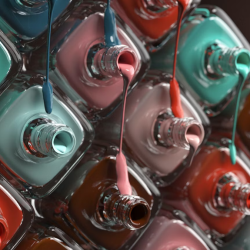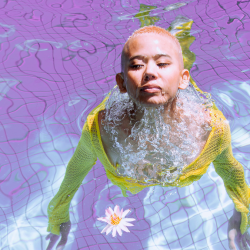The truth and advertising have always been in a delicate balance
In today’s digital age, where filters, airbrushing and Photoshop are the norm, the mantra ‘seeing is believing‘ has taken on a new dimension. And nowhere more so than with the rise of surrealist advertising, where computer-generated imagery (CGI) is not just enhancing reality, but creating it.
Through social media, these ‘fake ads’ are blurring the lines between tangible and virtual. This tipping of the equilibrium between creativity and authenticity prompts us to ask: are we genuinely entertaining our audience, or merely pulling the wool over their eyes? The answer lies not in the creative itself, but in how it’s presented to online audiences.
This summer’s JACQUEMUS campaign is a prime example. Their bus handbags, seemingly floating through Paris streets, offered a visual spectacle that defied traditional advertising norms. This surreal display left online viewers in awe, but distributed through the brand’s channel few were left truly pondering the reality of what they just witnessed.
Brands like Maybelline, Isabel Marant and most recently L’Oréal have also embraced this trend, with campaigns that seem to push the boundaries of reality without trying to outright fool their followers.
But it’s not just about surreal floating handbags or tube carriages with exaggerated eyelashes. The spectrum extends to the realist end, where fake Out Of Home ads are crafted to appear as if they’re genuinely placed at prime locations.
Brands like Uber Eats and Heineken have digitally showcased their ads at 49 Camden Road. Gymbox’s recent ad on a London double-decker bus promoting their new Aerial classes is another example.

Such tactics, while innovative, rely on a level of deception to gain traction on social media. Truff’s approach exemplifies this: their CGI-crafted bottle of hot sauce emerging from The Sphere at The Venetian Resort in Las Vegas was initially distributed via off-brand platforms, potentially wishing to masquerade as User-Generated Content. While undoubtedly captivating — and perhaps still unlikely to be perceived as — such tactics tread a fine line between creativity and subterfuge.
Given the rise of such ‘fake ads’, you can’t help but look to the French approach, where CGI-generated ads are mandated to declare their nature upfront. Should the UK adopt a similar approach? In my opinion, yes.
In the social media space we trumpet the term ‘authenticity’ to the point of cliche
But that’s only because it is so crucially important. Transparency, though, is paramount too. By clearly indicating the use of CGI, brands can maintain trust while still harnessing the power of technology. Real life examples, like the backlash against overly Photoshopped models, show the potential pitfalls of not being upfront about digital alterations.
However, this new trend leaves space for brands to regain a slice of authenticity, by challenging faked CGI stunts with real experiences. The success of certain campaigns, both digital and physical, demonstrates that consumers are eager for fantastical yet genuine brand experiences. Consider the success of live events and experiential marketing campaigns. Brands like Red Bull, with their live-action stunts, have shown that there’s a significant appetite for genuine, tangible experiences. In an age of digital deception, real-world events can offer a refreshing dose of authenticity.
Today’s consumers, equipped with a discerning eye, crave genuine experiences and connections. ‘Fake ads’ challenge this very notion, leading individuals to question the authenticity behind a brand’s message. In a time when trust in advertising is fragile, marketers must consider the potential fallout of misleading their audience. The ethical implications become even more significant in an era already fraught with distrust towards advertising.
As we navigate this digital mirage, brands must strike a balance. Embracing technological advancements is essential, but not at the cost of authenticity and transparency. By championing responsible advertising practices, brands can find the sweet spot between innovation and authenticity, ensuring they captivate audiences without compromising trust.
Featured image: digitally showcased ads at 49 Camden Road































